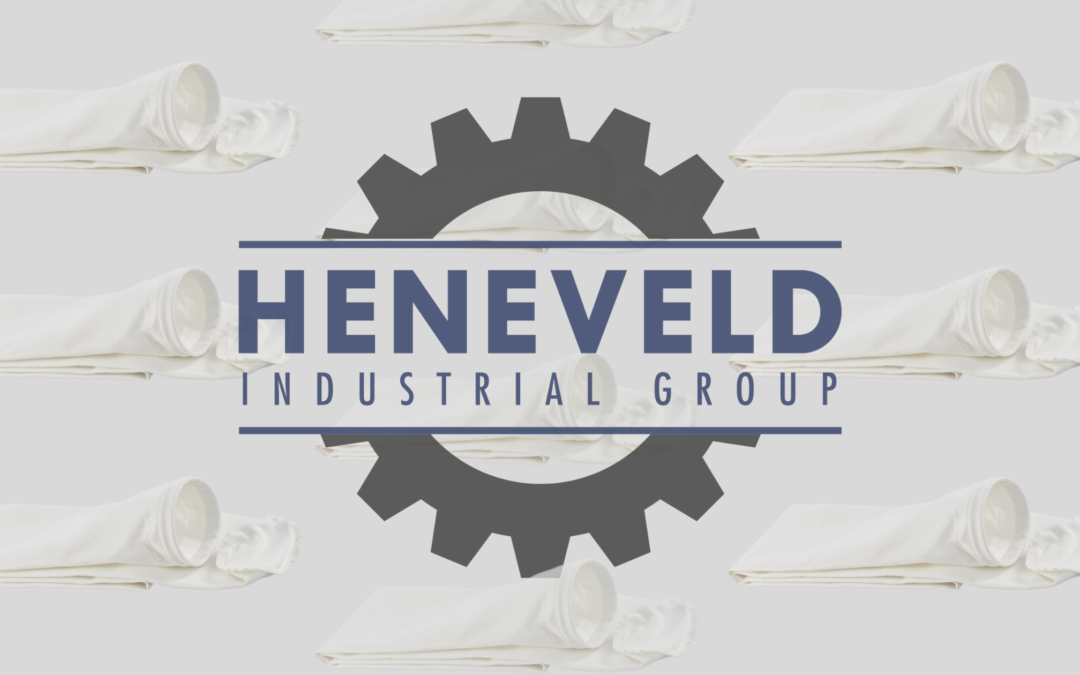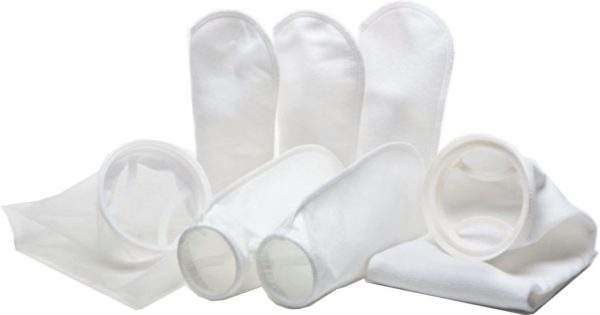To ensure your collector performs at top efficiency and to reduce the chance of breakdowns, it’s important to understand how to choose the correct filter bag. Dust properties, filter construction, filter media, and filter bag finishes are four key factors in selecting the correct filter bag.
Dust Properties
Understanding your dust is one of the most important factors in determining your filter bag type. What you are filtering, your operating temperatures, dust particle size and dust combustibility are all vital pieces of information to know.
Filter Bag Construction
To decide what type of filter bag construction is right for you, you will need to determine your baghouse style and know your application (and dust properties!). Some top and bottom configurations can only be used with a specific baghouse, while other configurations may be universal across many baghouse styles. To determine the configuration best for your baghouse, you will need to determine your cleaning process – shaker, reverse air or pulsejet. Some configurations include:
Top Construction: snap band, raw edge, grommet, loop top
Bottom Construction: snap bend, hemmed bottom, beaded cuff, lockstitch disk
Filter Media
Once you understand your dust properties, you can narrow down the best filter media for your application. Polyester, fiberglass, Nomex and Teflon are a few of the most common types of filter media. These medias have different properties, making them better for some applications vs others. A few of the characteristics that vary between media types are operating temperatures, ability to perform with moisture, ability for energy absorption and filtration properties.
Filter Bag Finishes
After establishing the best filter media, you will need to determine if a specific filter bag finish is needed. Filter bag finishes help achieve more consistent airflow, while providing better dust release, resulting in less clogged filter bags. Coating is a finish that involves submerging the filter bag in a resin that can add performing enhancing characteristics to the media. Another finishing type of the process of napping. Napping is when the bag is scraped on the surface, creating a fuzz like appearance on the filter. This method is popular when the dust you are collecting has oily properties.
These four factors are important when decided the type of filter bags will best fit your needs. As always, if you have any questions or concerns regarding what filter bag is best for your application, do not hesitate to reach out to our team! And don’t forget that we can handle all filter bag orders, most shipping out same day!



